
Thailand as it was before mass tourism: on Koh Kood and Koh Phayam, get up close with nature and have white-sand beaches almost to yourself
- The crowds are back in Thailand, so if you are planning a trip, avoid tourist hotspots like Koh Phi Phi and Koh Tao and head to some lesser known islands
- Koh Kood has waterfalls, rainforest and sublime white-sand beaches, while Koh Phayam is worth exploring for its rich plant and animal life
Travel publisher Fodor has put Thailand on its “no list” for 2023, advising readers to avoid the overcrowding in tourist hotspots such as Koh Phi Phi, access point for Maya Bay, and dive mecca Koh Tao, where the authorities introduced a tourist user fee in 2022 to thin the crowds.
The 112 sq km (43 square mile) island sits at the very edge of Thai territory. Look east and there is the Cambodian frontier; to the south and west, the Gulf of Thailand merges into the South China Sea; and to the north, the border town of Trat is the Thai mainland’s jumping off point for ferry crossings to Kood.
Approaching on the 40-minute lunchtime crossing, the island’s Buddha statue comes into view, glistening like a lighthouse. And then it is into Kood’s wooden harbour, which evokes a time before Thailand was changed by the tourist baht.

The journey by songthaew – pickup trucks used as public transport – from harbour to hotel along a narrow strip of blacktop that bisects a sea of trees reinforces the idea that Kood has avoided the makeover that islands such as Phuket and Samui have undergone.
Across a river bridge we veer inland, past a buffalo grazing beside an abandoned red bus of 1980s vintage, beyond which I’m deposited at the head of a dirt track.
The other side of Lombok, where peaceful blend of religions teaches lessons
“Hotel,” says the driver, pointing down a mud path that leads over a rickety bridge.
I follow the track to a wooden, two-storey residence encircled by jungle and overlooking a muddy lake. Appropriately, it is named Forestel.
Having checked in and rented a scooter, I am soon zipping along empty roads through heavy rays of tropical light.
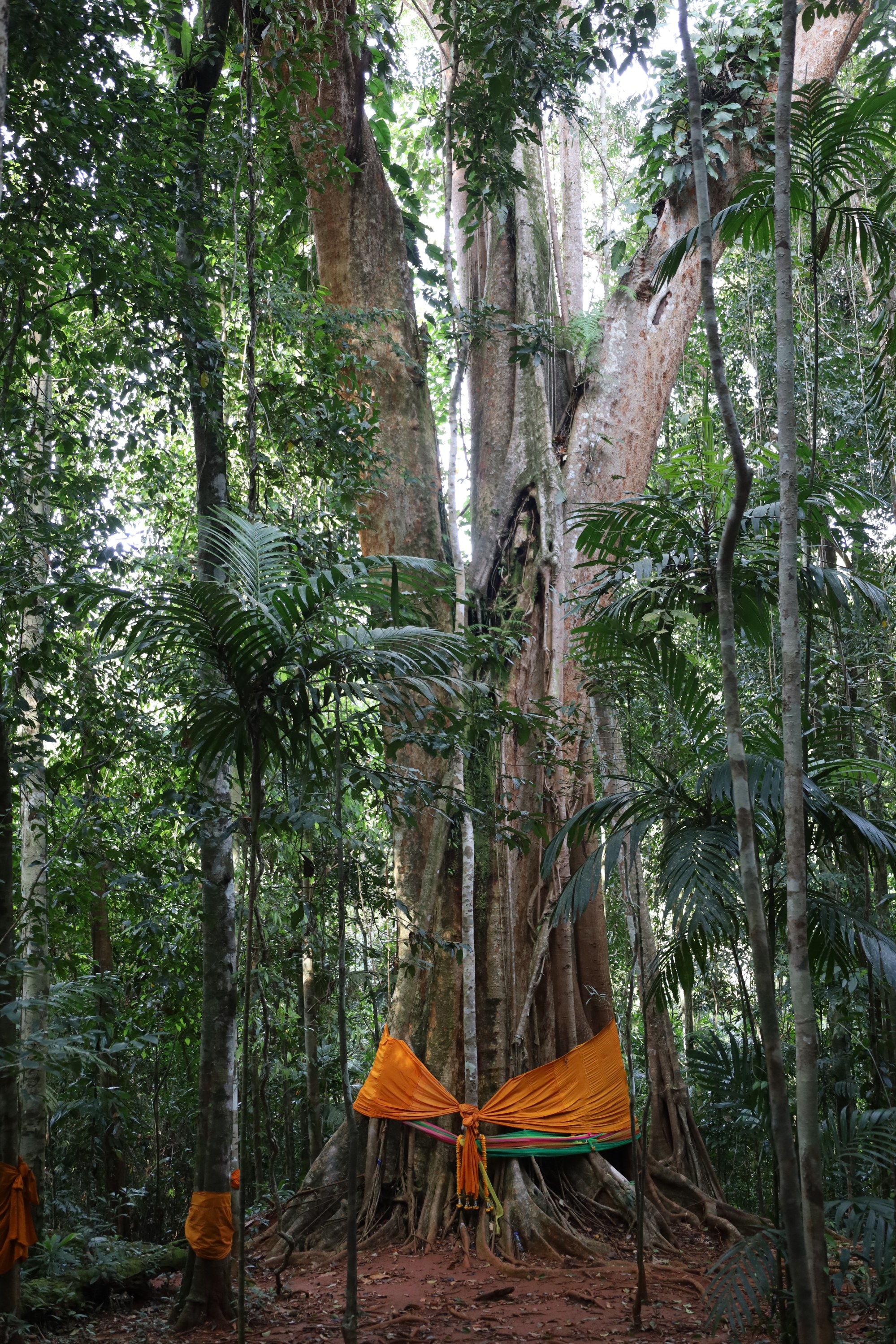
Many of the islanders have Khmer blood, having fled there more than a century ago, according to The Rough Guide to Thailand. Most make their living from fishing and farming.
Although it has some upmarket resorts, much of Thailand’s fourth largest island is given over to rubber and coconut cultivation, or remains rainforest, shielded from the modernising world by its location.
I pass an afternoon swimming in and hiking between Khlong Chao Waterfall and Huang Nam Khiao Waterfall, the latter located deep within the forested interior and signposted by a venerated 500-year-old “Makayuk” tree wrapped in a golden ribbon.
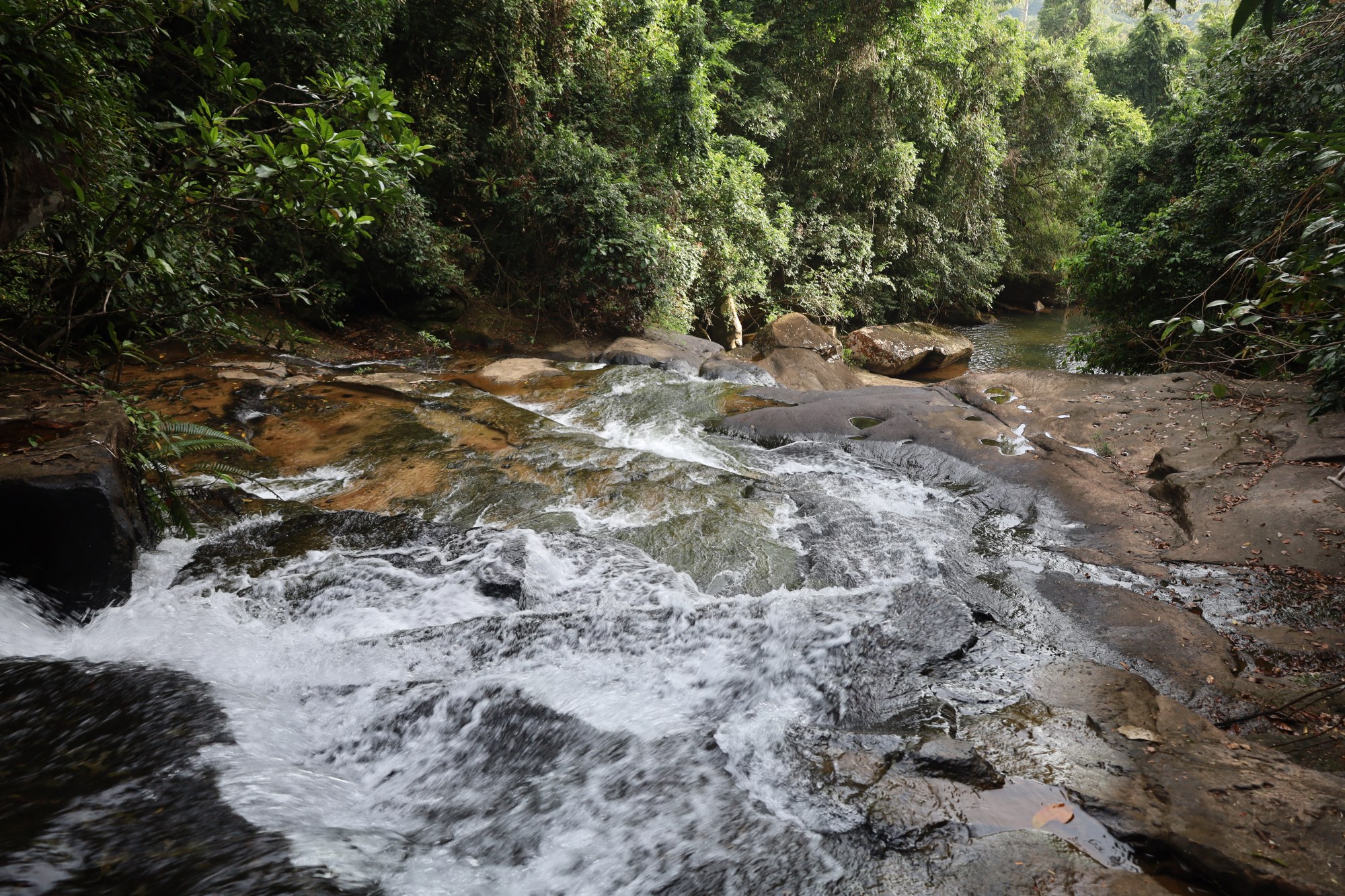
Along the southwest coast, I intrude on holidaymakers who have some sublime beaches more or less to themselves. The most southerly is Ao Phrao, a white-sand bay with a backdrop of closely packed palm trees accessed via a dirt track my scooter can just about cope with.
Most of the bungalows and bars on Kood are to be found halfway down the west coast of the island, around the mouth of the Khlong Chao river.
As I sip cocktails at one of those bars, the Peter Pan Resort, kayakers paddle down the mangrove-lined river estuary as the sun dips beyond the horizon. Sat in their craft, they form black silhouettes against a purple skyline, a scene so magical that the resort’s invocation of Neverland makes sense.
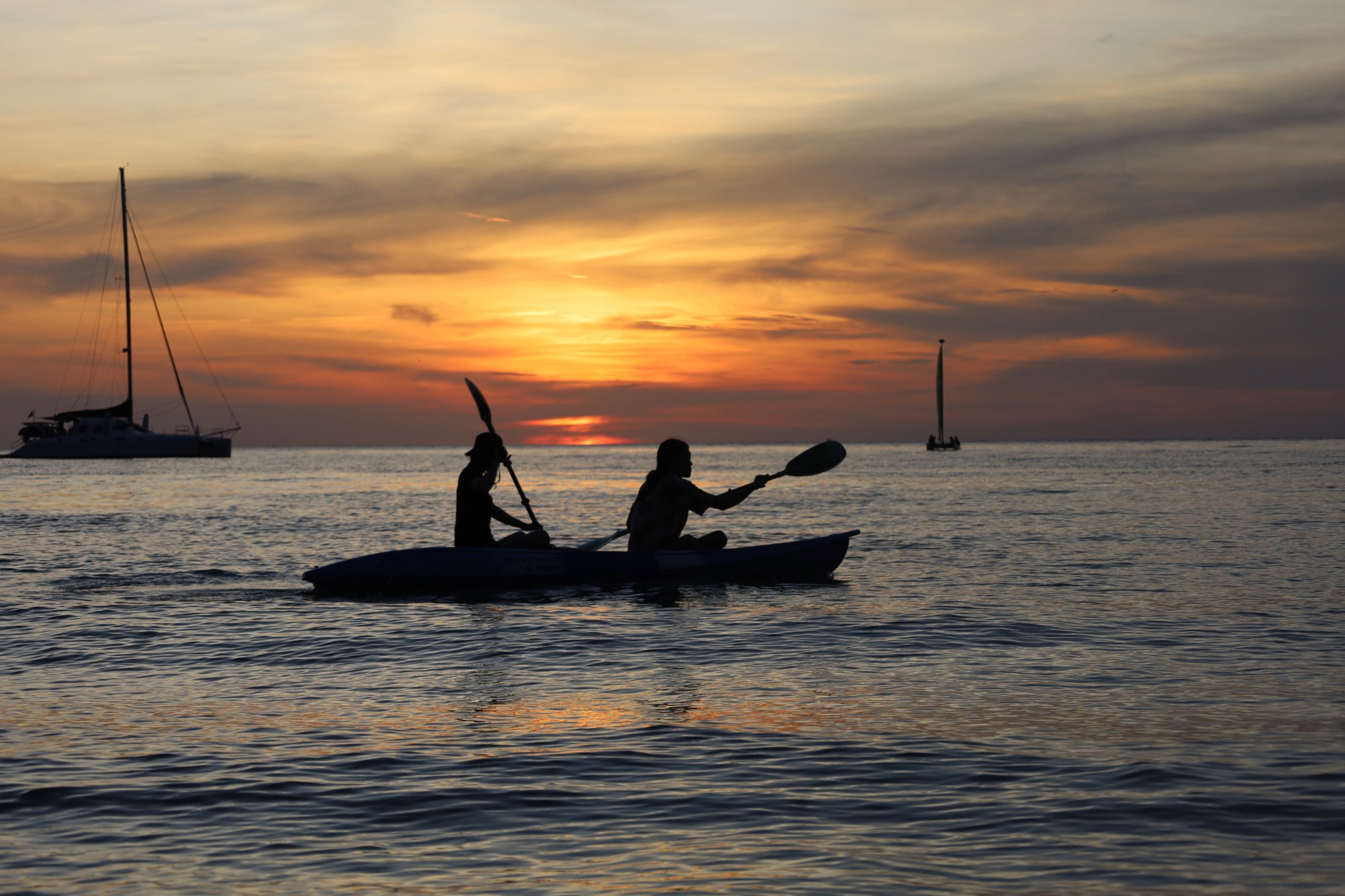
The estuary is muddy and shallow, but fills up like a bathtub with the Andaman tide. When the water is deep enough, the first ferry of the day motors into view, a speedboat that swiftly fills with islanders, ad hoc cargo and a smattering of tourists bound for Koh Phayam.
Like Kood, Koh Phayam has evaded the worst excesses of mass tourism.

The crossing itself justifies the sleepless night I spent on the bus from Bangkok’s Southern Bus Terminal when we pass a school of dolphins, provoking excitement among the crew, who point and yell “Plālomā, plālomā!”
It is not just the wonders of the deep that attract people to Phayam. The cartoonish sign that welcomes arrivals suggests it is the native hornbills that have become synonymous with the island.
And here they are, around the bungalow I pre-booked at Phayam Garden View, a resort at the geographical heart of the island.

Like Forestel, Garden View is ringed by woodland, through which pairs of hornbills fly from branch to branch. The beauty of their coloured beaks is at odds with their gruff, guttural calls, which echo through the tree canopy, the sound like the barking of dogs.
“Don’t worry, they’re not as noisy as the wildfowl that come here at night,” says a Swiss backpacker lodging in the bungalow next door. “And watch out for the macaques, too. The monkeys sometimes jump on the roof.”
I take an open-air shower in the bathroom that abuts my bungalow, then head to Back to December, a restaurant operated by the Thai couple who run Garden View. The owner tells me all dishes are made with vegetables grown in the back garden.

Revitalised and fuelled after a curry, I rent another scooter and head out to explore the island. The interior is flush with flowers, butterflies and avian life. It does not take me long to get lost, but since all island roads lead to the beach, it is just a question of picking one.
The northwest coast is scalloped into Ao Kao Wai, or Buffalo Horn Bay – so named because the two halves of the beach curve out into horn shapes.
I find the northern “horn” demarked by a “pirate ship” made entirely from driftwood. It looks as if Pirates of the Caribbean’s Captain Jack Sparrow berthed his spare boat here for safekeeping.
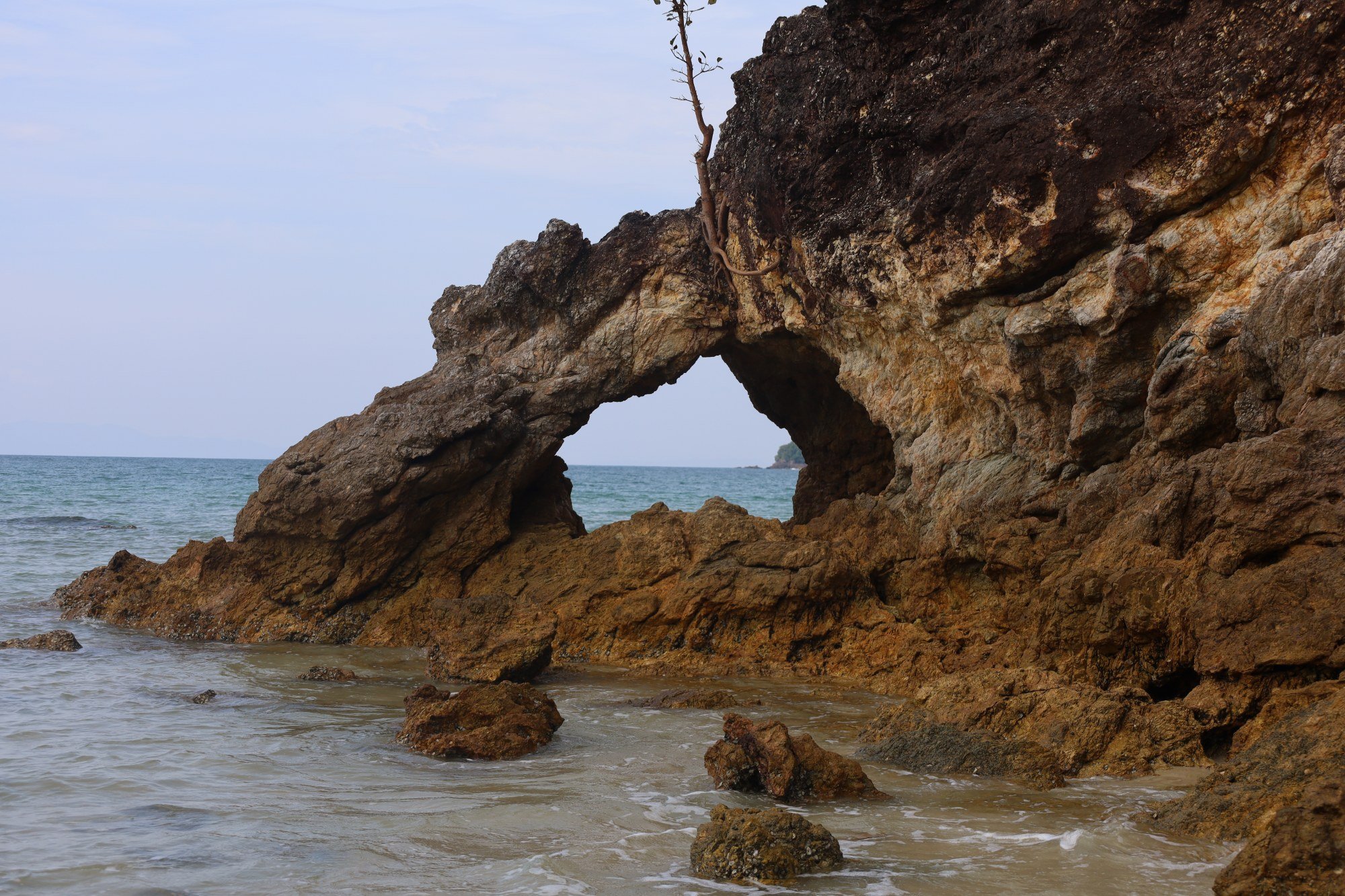
I roll south along the southern “buffalo horn”, which is notable for Hin Talu, an unusual geological formation that looks like a map of Australia carved out of a rock and is an attraction for the selfie-stick crowd. As it is too shallow to swim here, I sit on the sand and watch a man photographing his partner as she poses like a fashion model.
The island’s southwestern perimeter is fringed by Ao Yai, or Long Beach, which also recalls something of Australia – a lengthy strip of fine white sand pounded by rolling waves that novice surfers are attempting to ride.
Overhead, white-bellied sea eagles circle in search of a catch. The wind carries a blend of ocean and forest scents. I kick my way through the surf and enjoy a moment of solitude until the heat of the day sends me in search of refreshment.
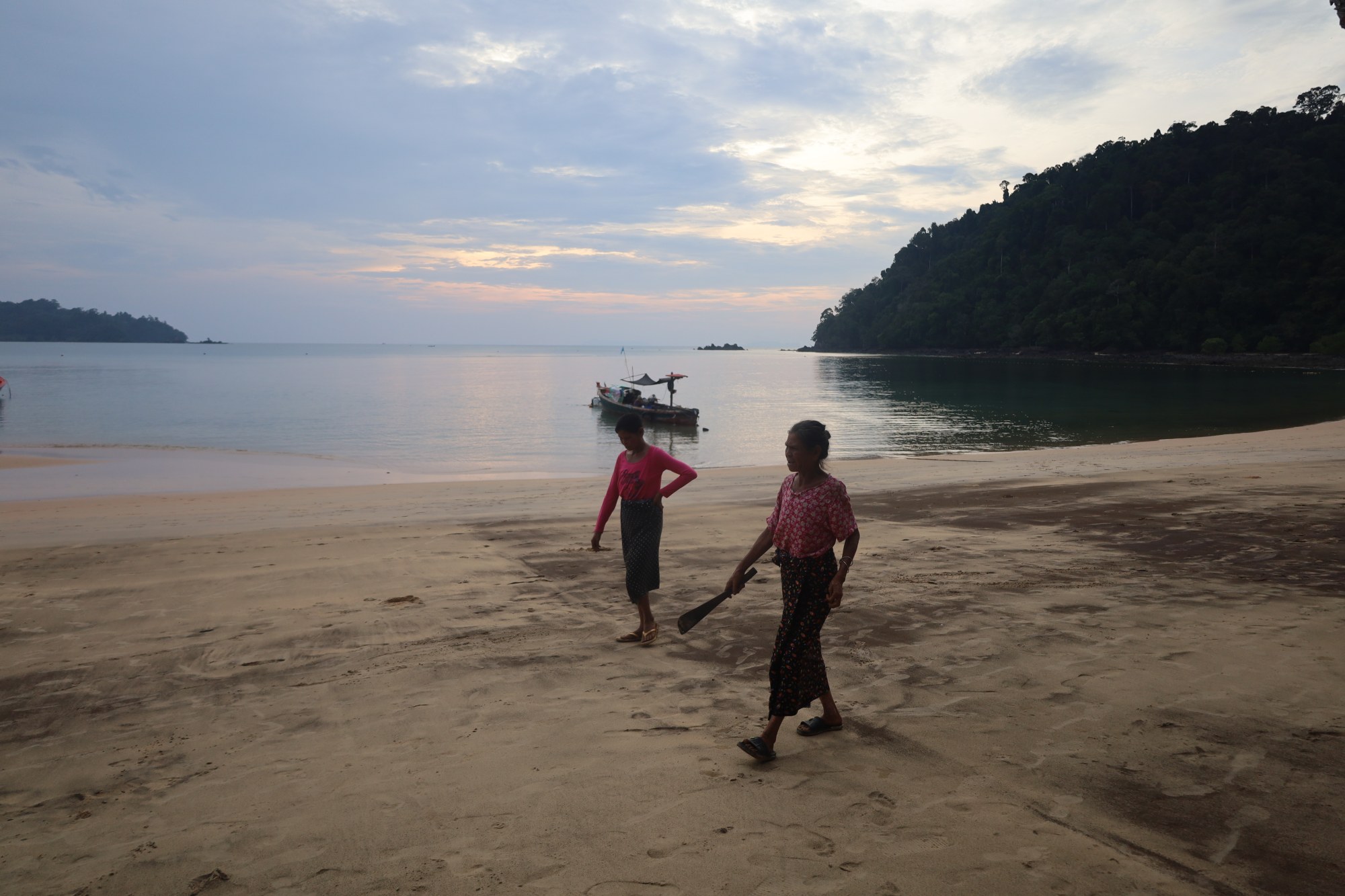
“A few years ago there wasn’t even electricity [on Phayam]; everything ran off generators,” she tells me. “[Even now], everyone is relaxed. It’s like the old Thailand people still talked about when I was growing up.”
She hands me my drink, then adds: “You know, I think this is Thailand’s last island.”

